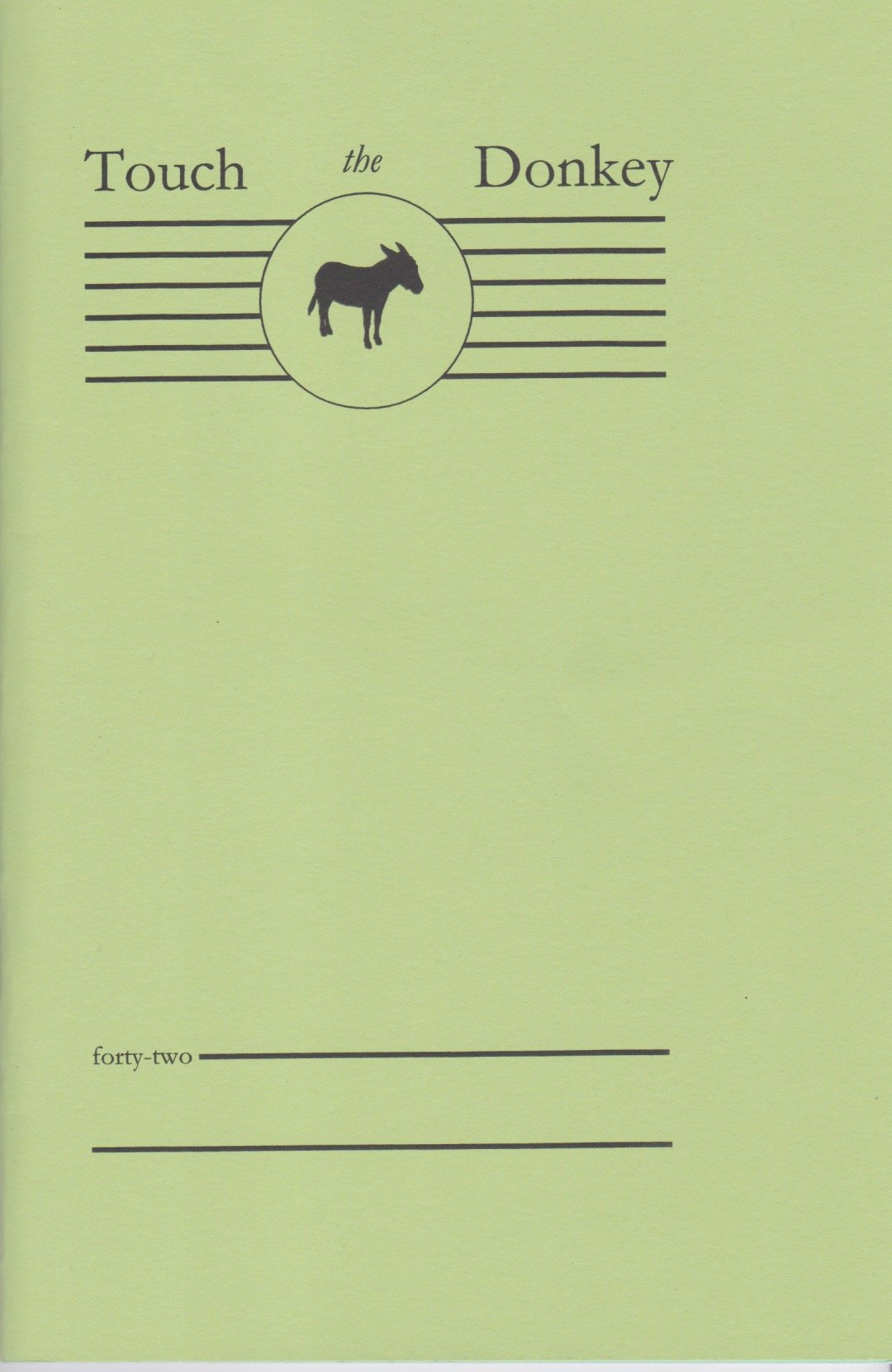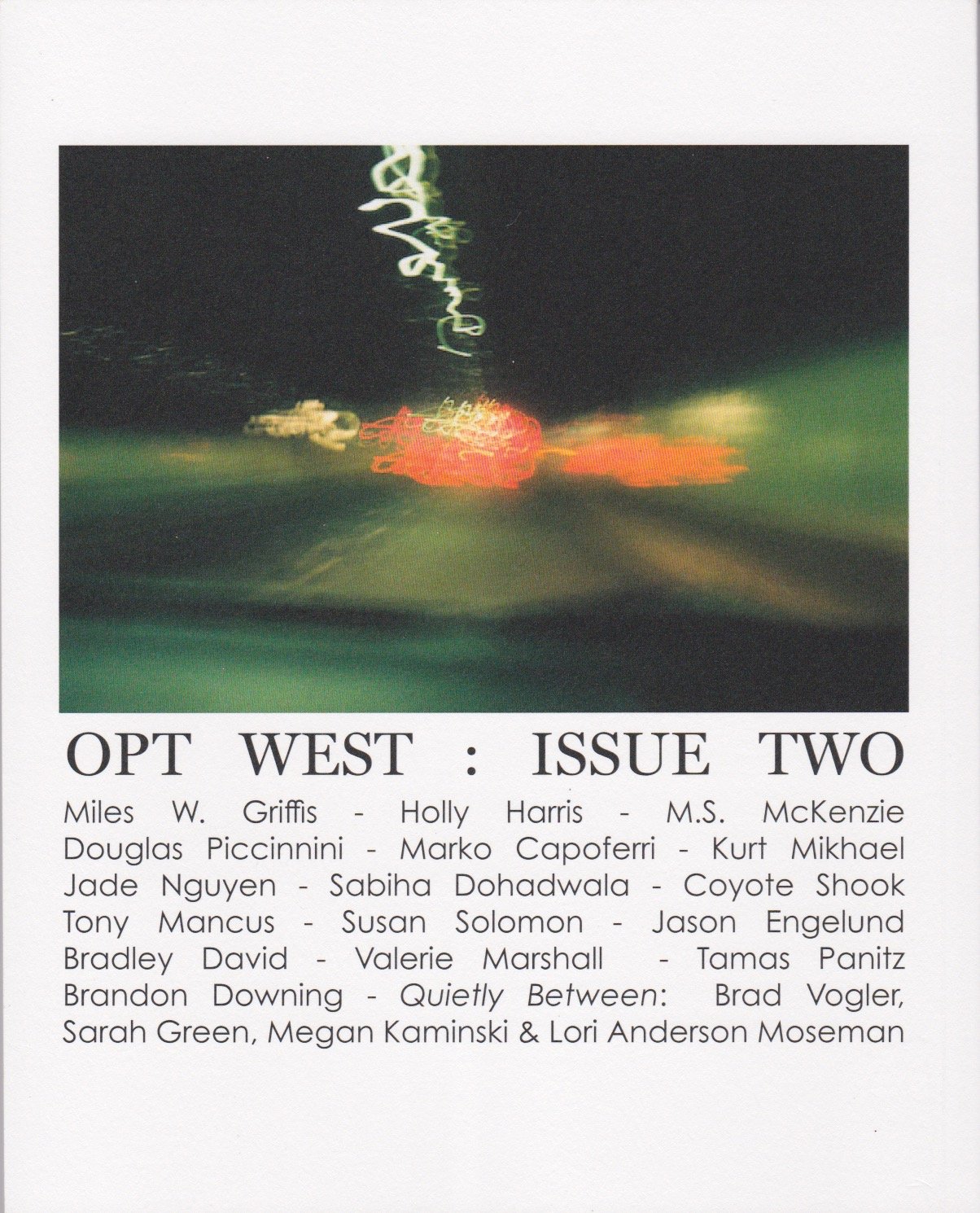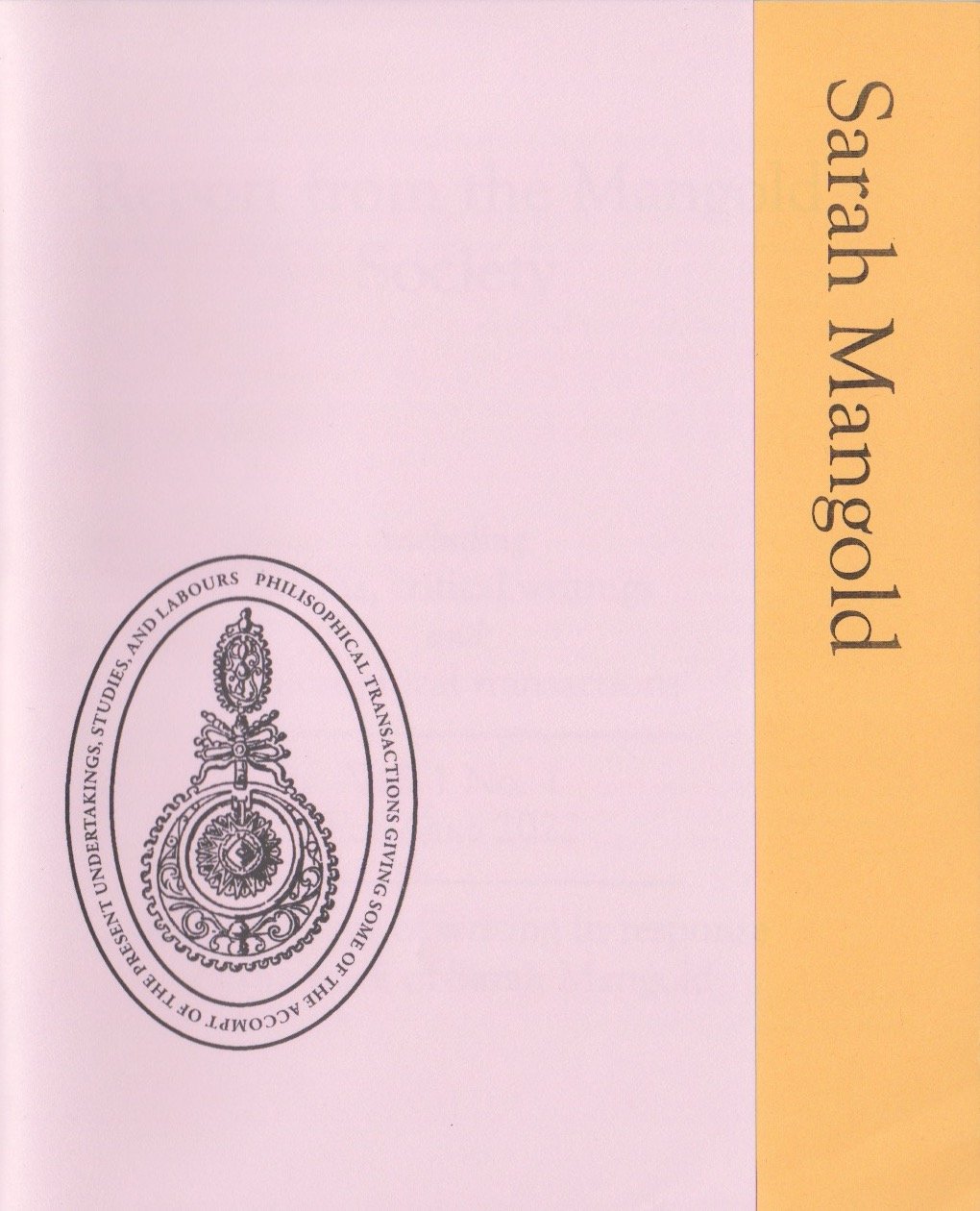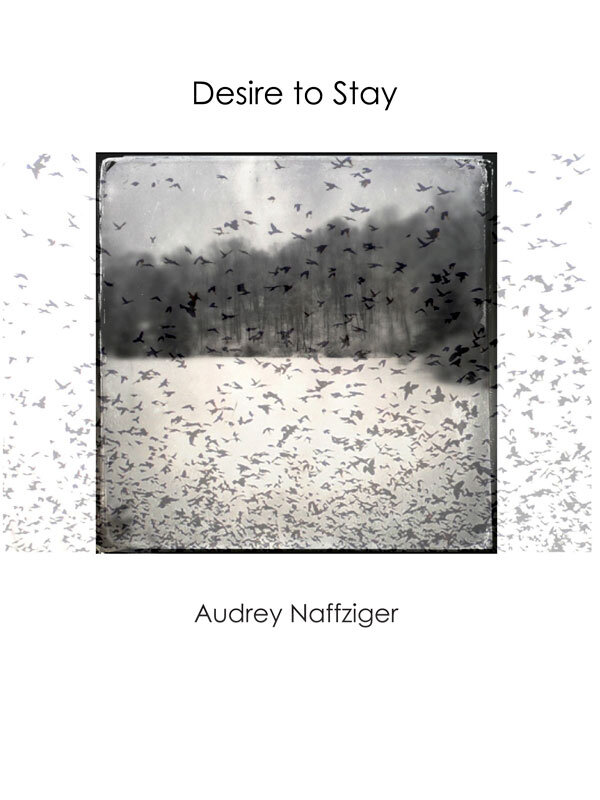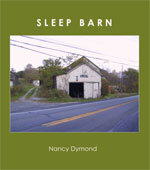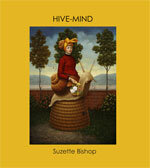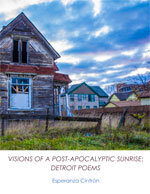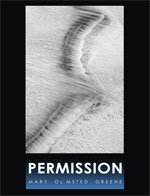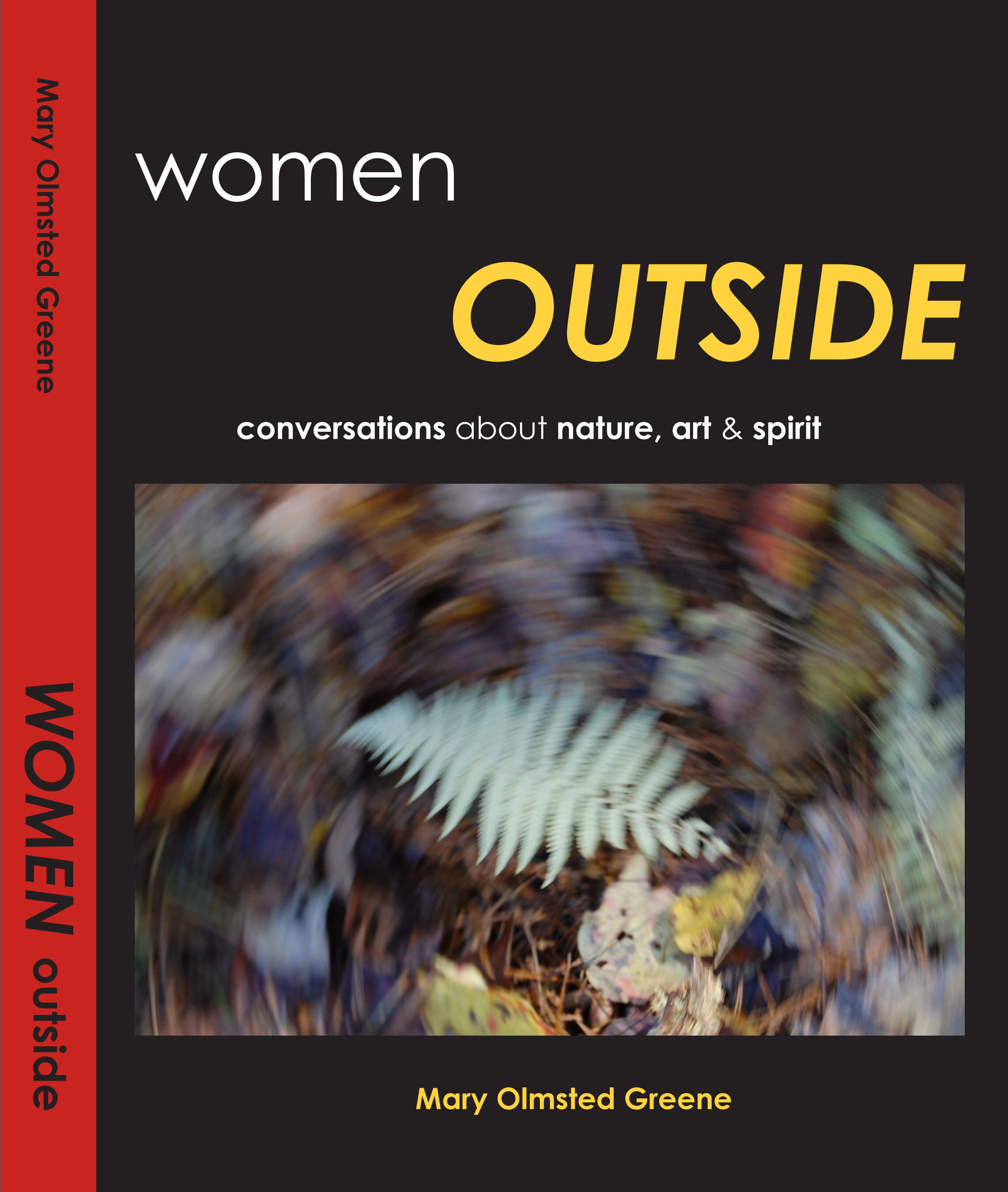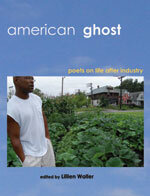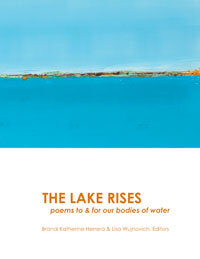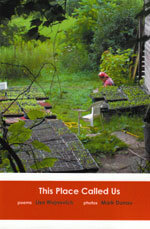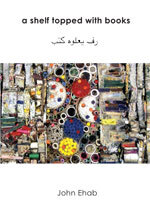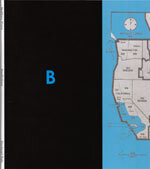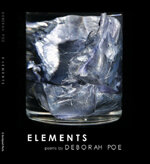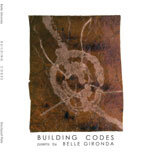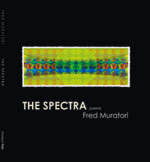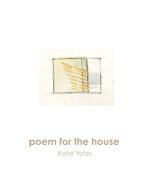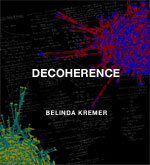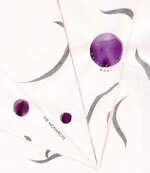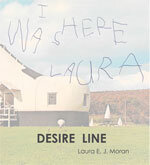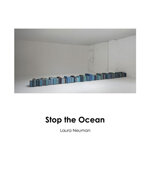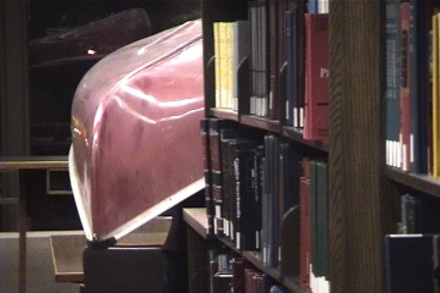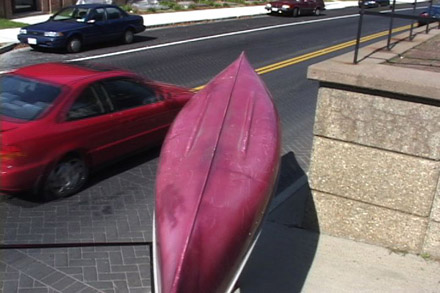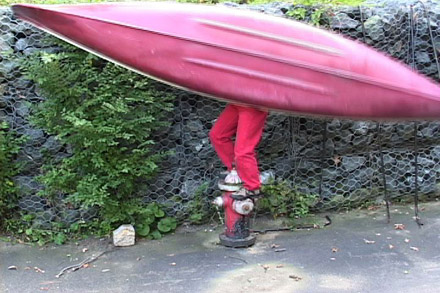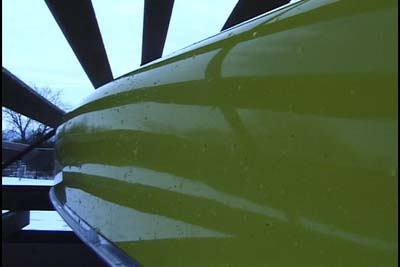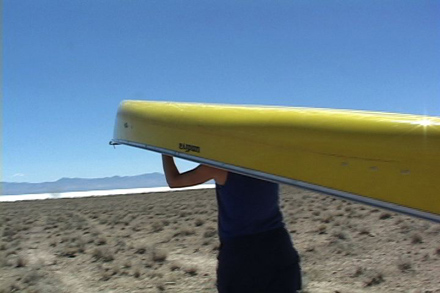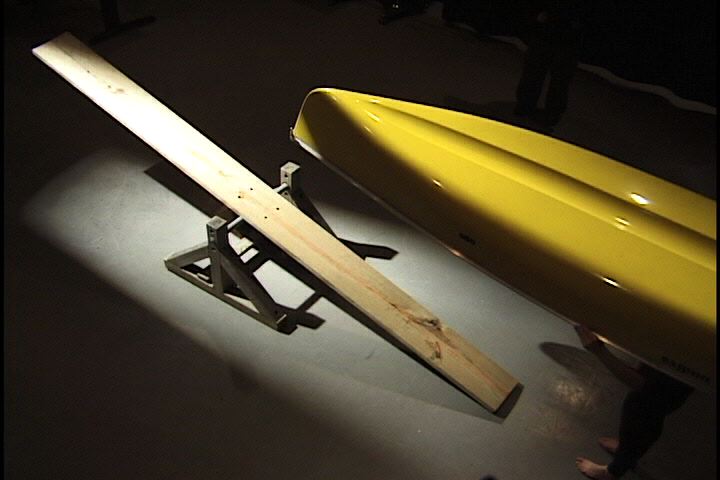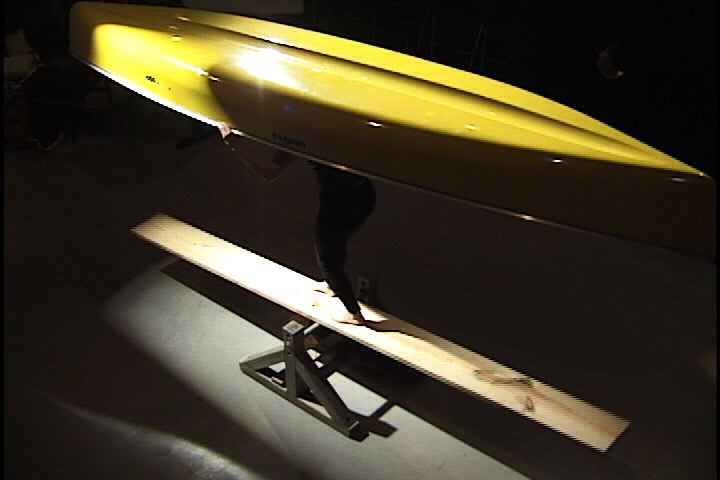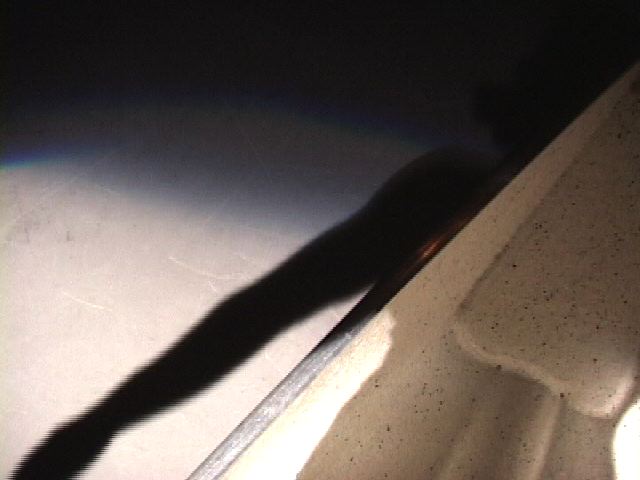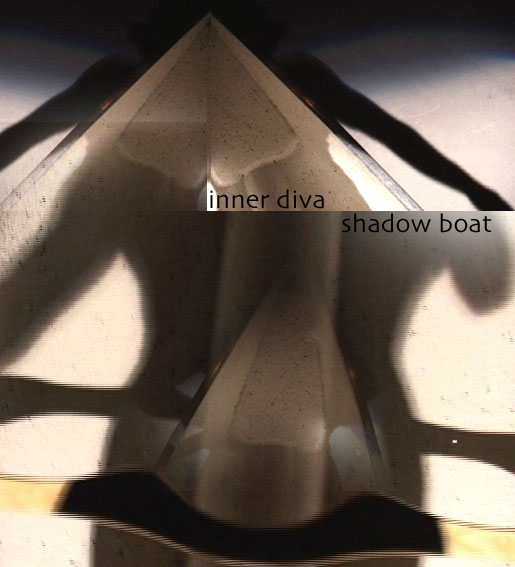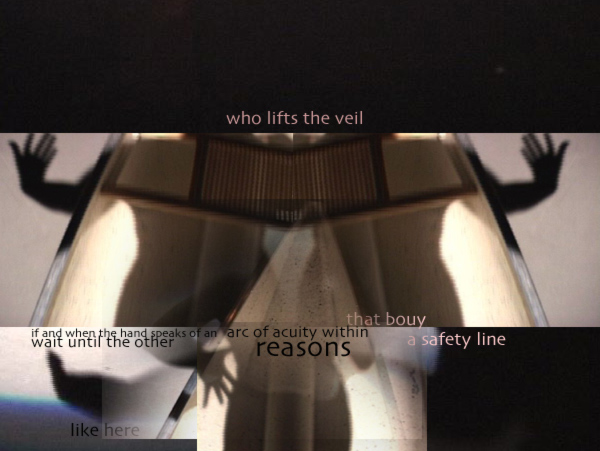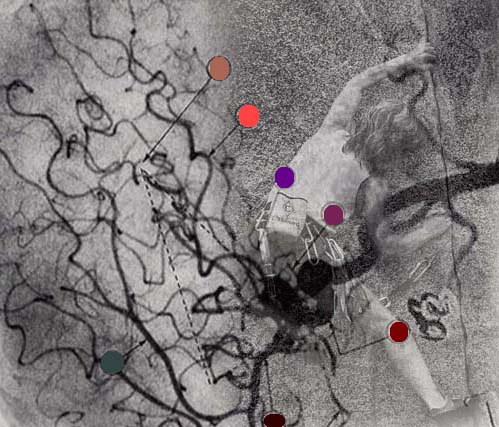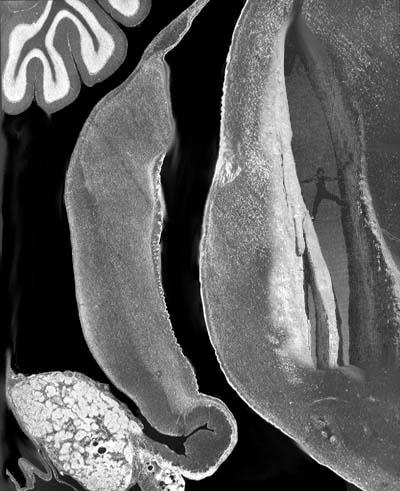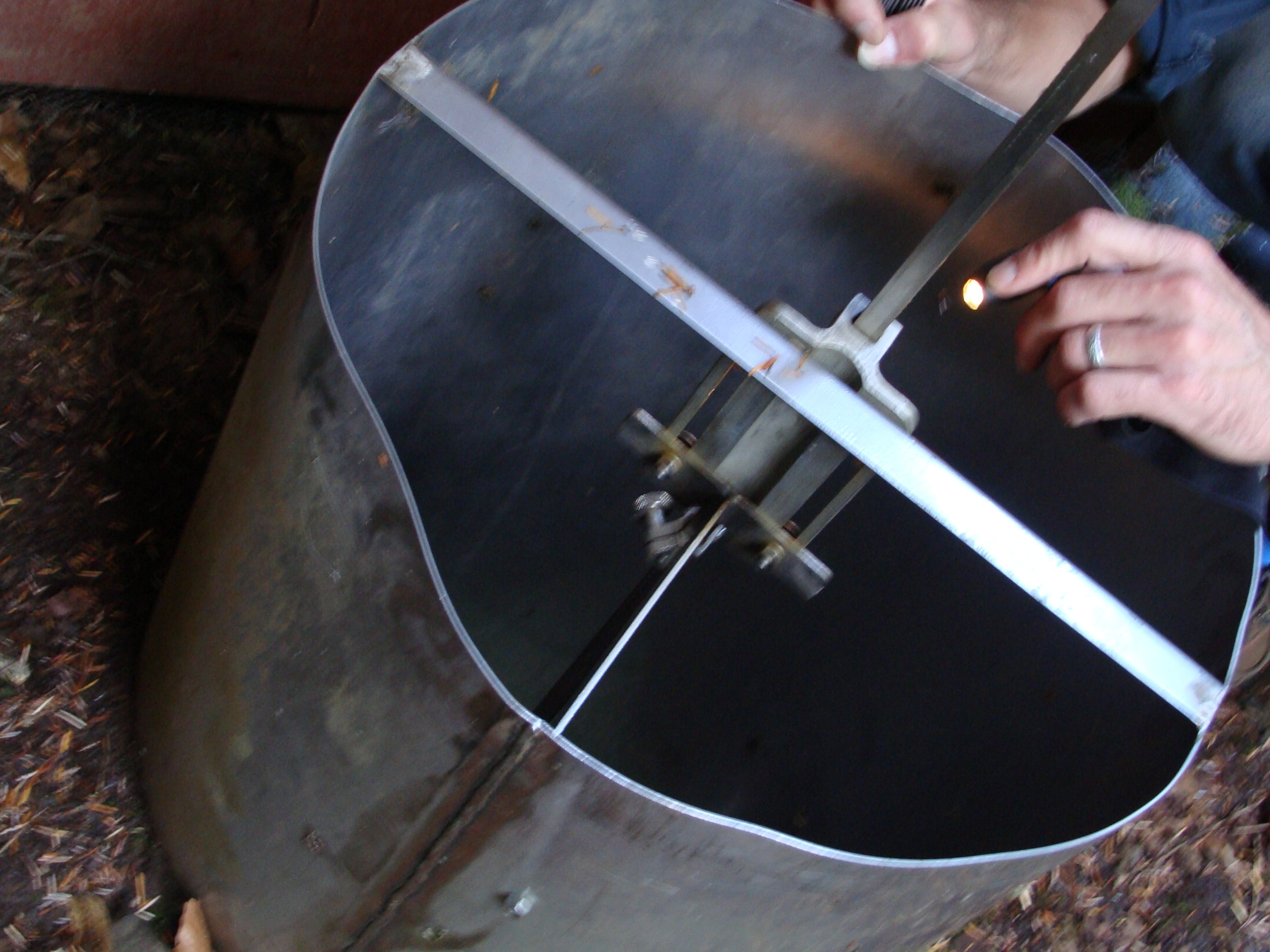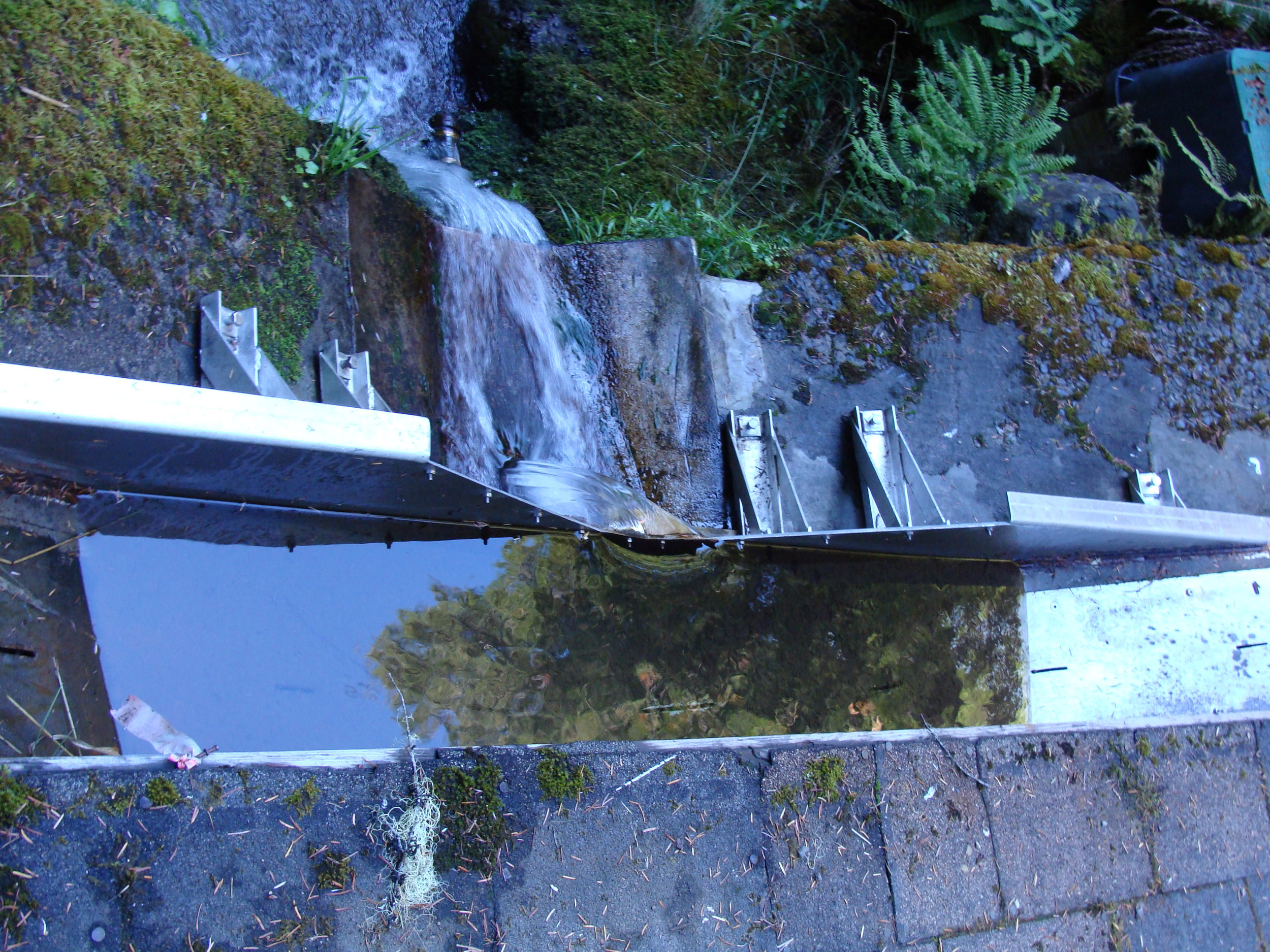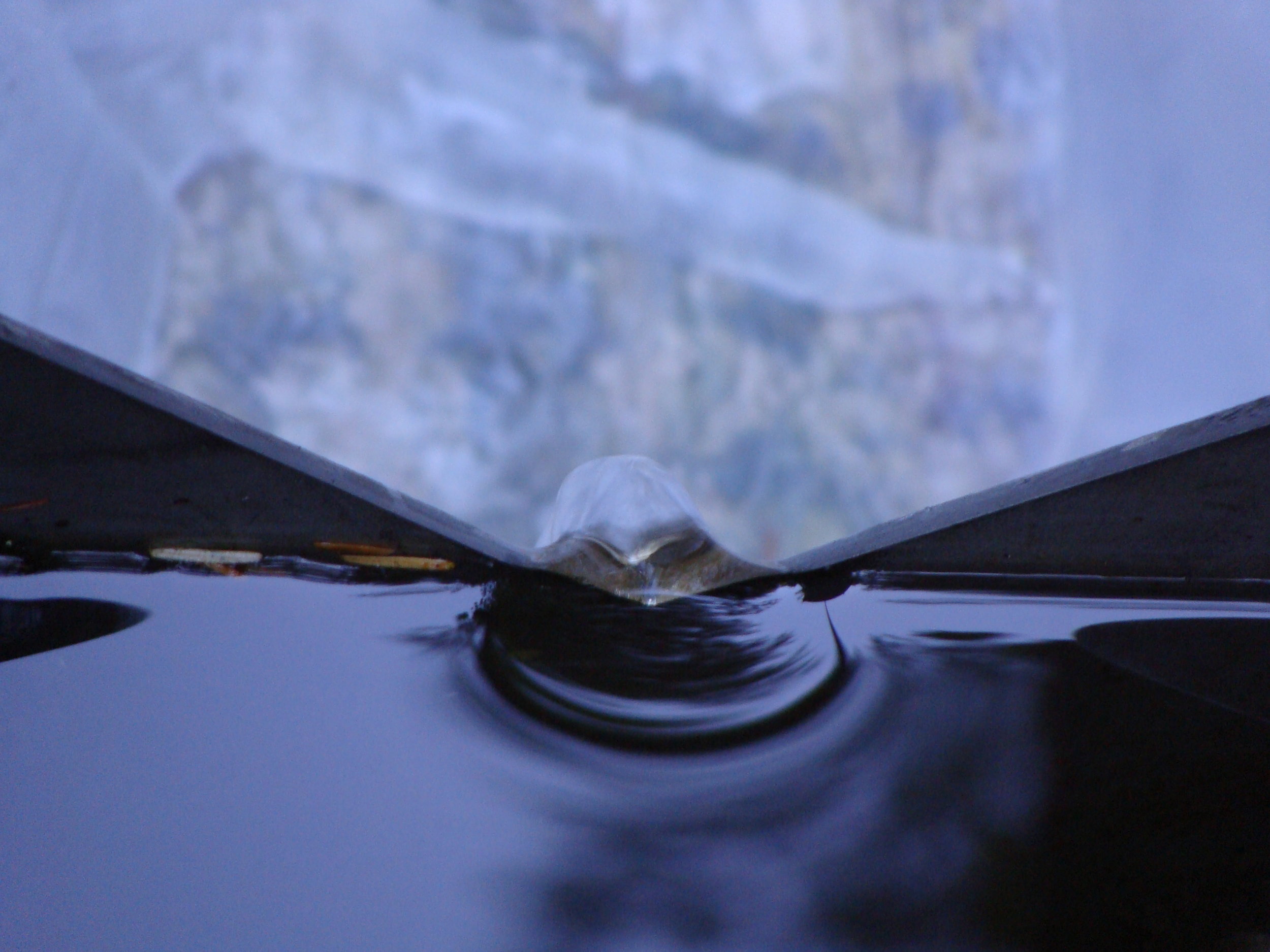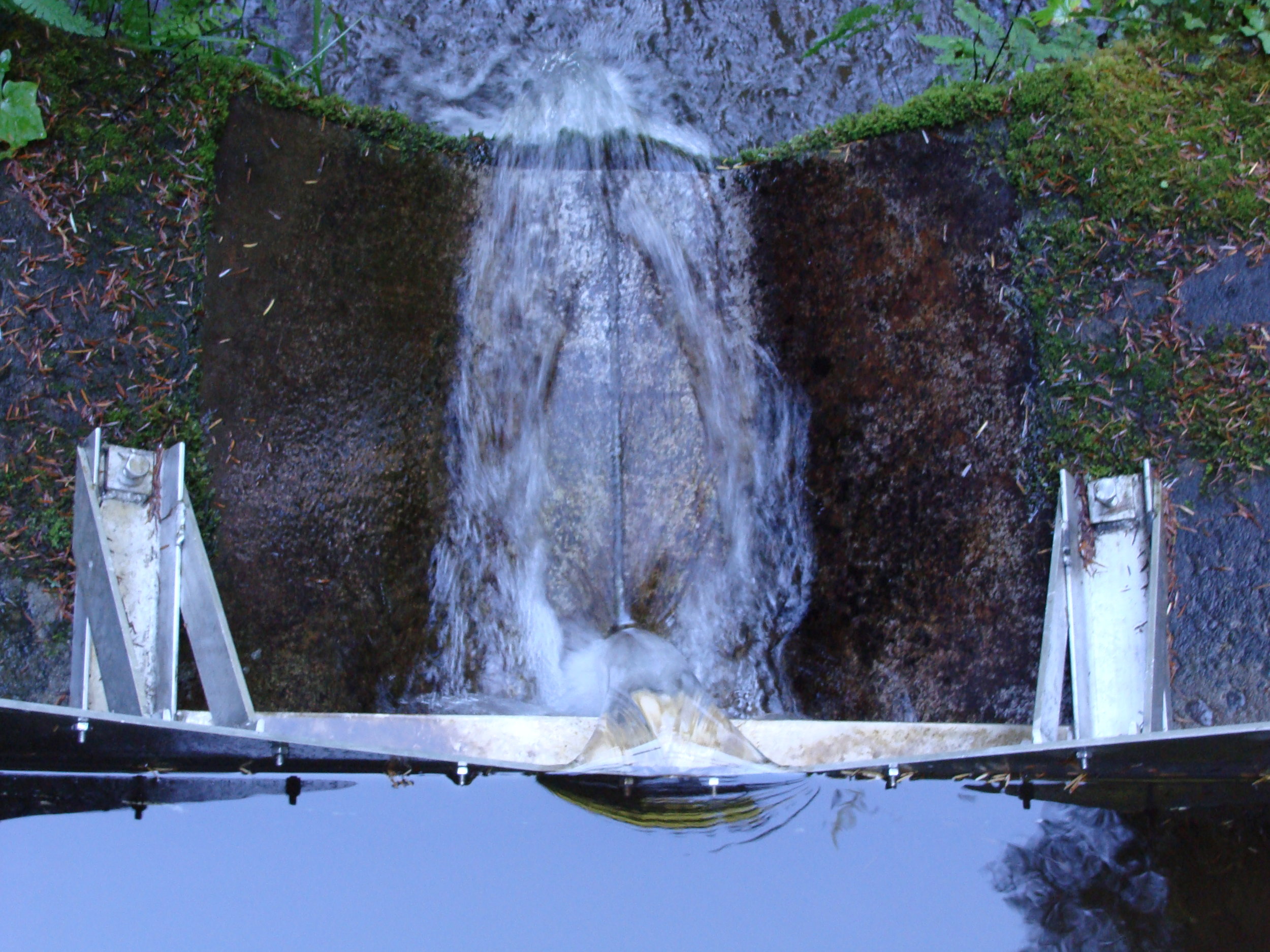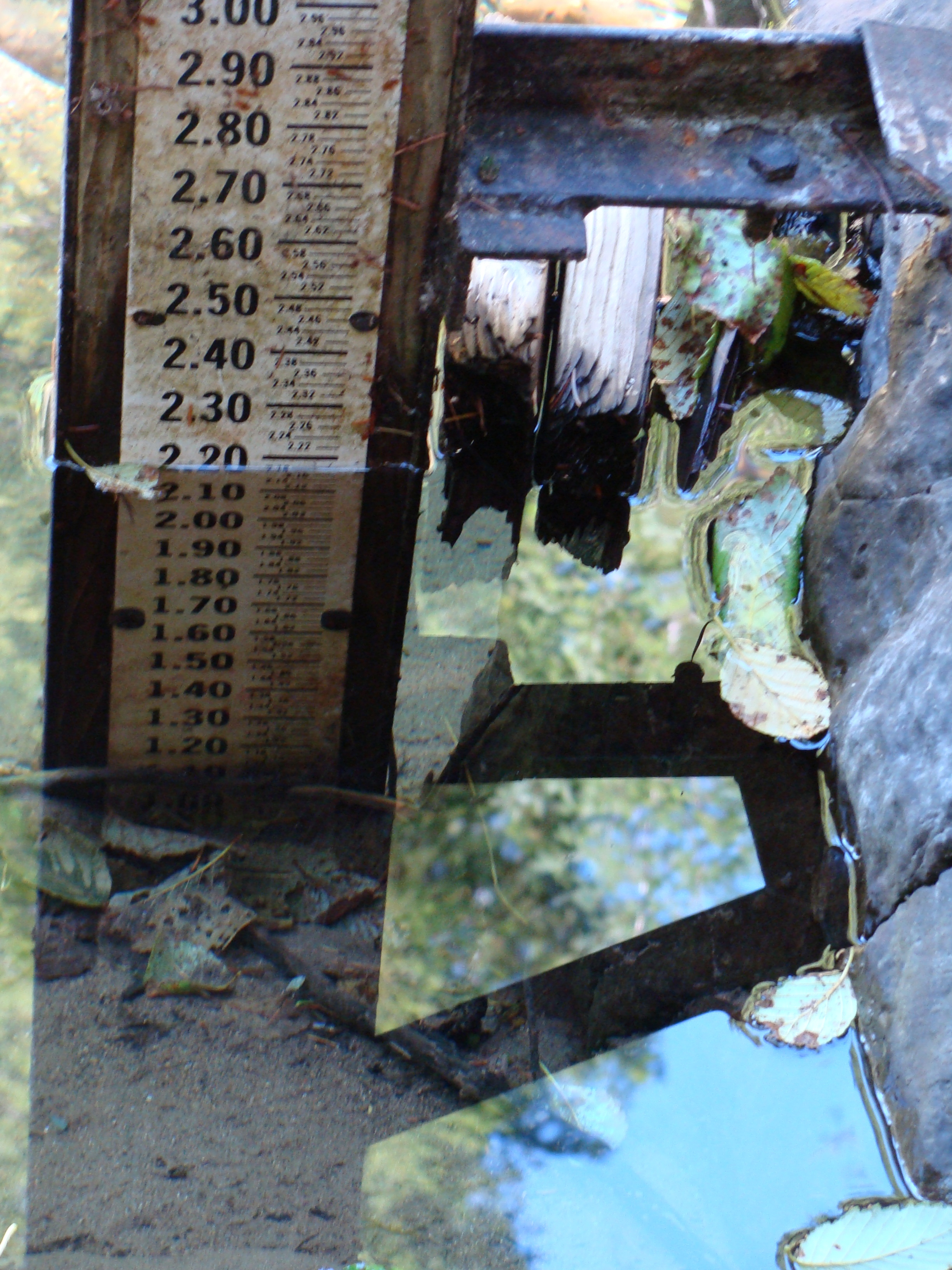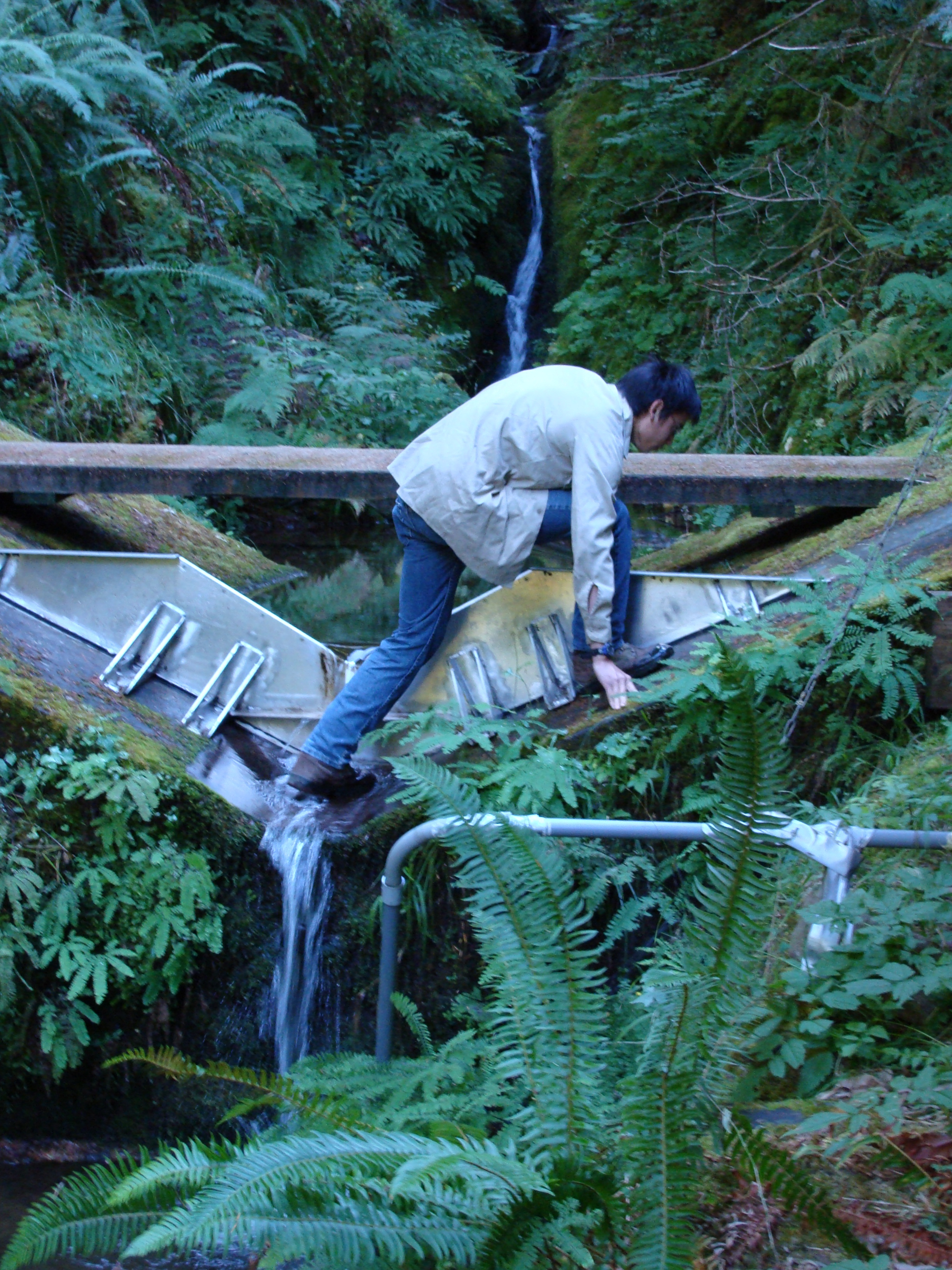I was fortunate to have a poem, “Jet Black” in a special issue of The Volta: Evening Will Come.
Here are parts of editor Jessica Smith’s introduction:
“What is ‘visual poetry’? Just as the question of ‘what is poetry?’ may be answered differently by every reader and practitioner, so “visual poetry” is hard to define closely. The unifying elements of the visual poems presented here seem twofold: first, the following poets responded to the call for ‘visual poetry’ with the following works (a self-defined community); second, the poems privilege the visual or material over the verbal or sonic….
In 2008, Geof Huth edited a feature for Poetry titled “Visual Poetry Today” that included eleven men and only two women, K. S. Ernst and Sheila Murphy. Four years later, a new anthology, The Last Vispo Anthology: Visual Poetry 1998 – 2008 (ed. Nico Vassilakis and Crag Hill), includes many more female poets and a stunning variety of visual poetry from all over the world, but the ratio of male to female poets is still almost 4:1. Meanwhile, in 2008 I edited a feature on women in visual poetry for Phoebe magazine and edited, from 2006 – 2009, a monthly magazine called Foursquare that exclusively published visual poetry by women. For those seeking to define an historical territory for visual poetry, women seem to play an insignificant role in the genre. From my point of view, there are female visual poets everywhere….
The following selection started with a call to a hundred female visual poets and a very tight deadline. mIEKAL aND, Amanda Earl, Luc Fierens, Drew Kunz, rob mclennan and Sheila Murphy were instrumental in helping me gather names and email addresses in the “research” part of the process. I asked contributors to refer their friends, and they were generously forthcoming. Some of the women who responded overlap with the women in The Last Vispo Anthology, but most do not. This selection, like The Last Vispo’s, represents just a fraction of the amount of visual poetry being produced by women. It’s not the first such gathering. But let’s hope it’s not the last.”

